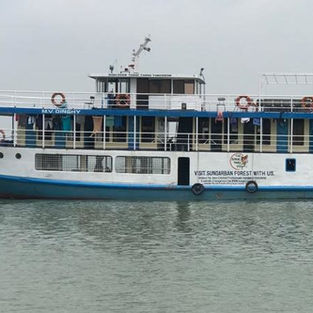
National Geographic : Sea to Source Expedition
It's more than just tracking litter--we're here to find solutions.
But the process is exhausting. My feet drag, my head is down, my eyes flit between the seemingly uncountable heaps of litter and the tracking app.
Then there are the eyes. The natural curiosity of a local community turned to the group of cell phone-obsessed foreigners looking at trash on the side of the road.
I imagine we're quite the sight.
We wake up at 5 am to get out to the sites by 6:30 am.
The sun is still gentle at this time, but I begin to feel its power as we walk our 100-meter stretch. Sweat pools on my cheeks, runs to my upper lip.
Today, in one walk, we logged 1,300 pieces of litter. And this isn't the city.
We're collecting data to understand the journey of litter, whether any waste management infrastructure exists, what shopkeepers sell, how the community values recyclables, if anyone is collecting them.
We’re working with communities to develop waste-management solutions that reduce plastic waste and meet the needs of the people living there.
But plastic alternatives are scarce and survival is first. Feeding hungry mouths takes priority.












